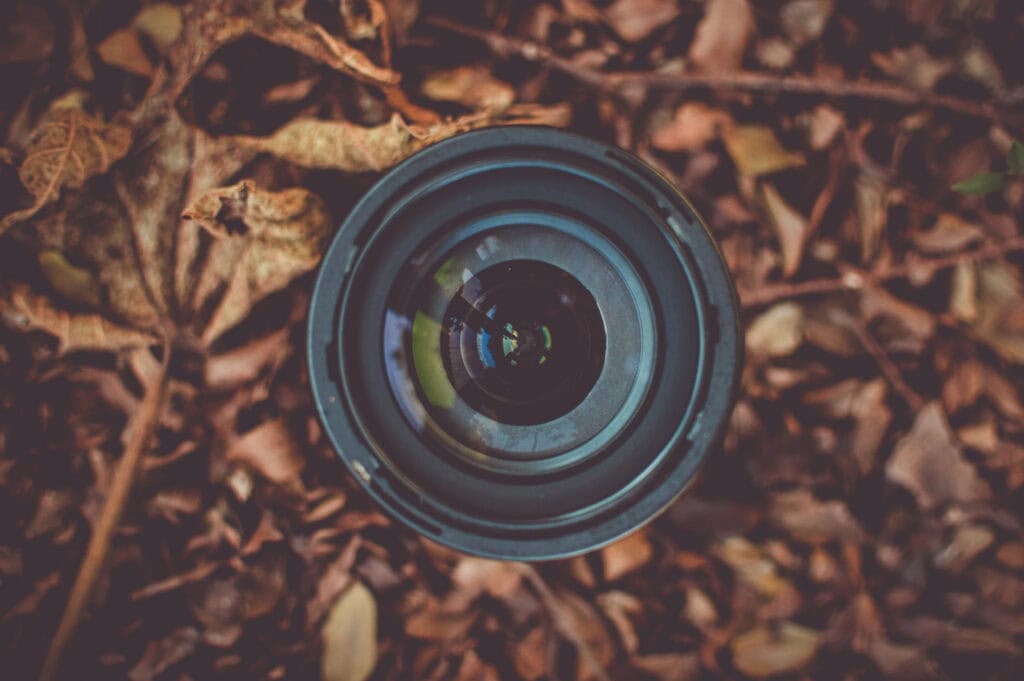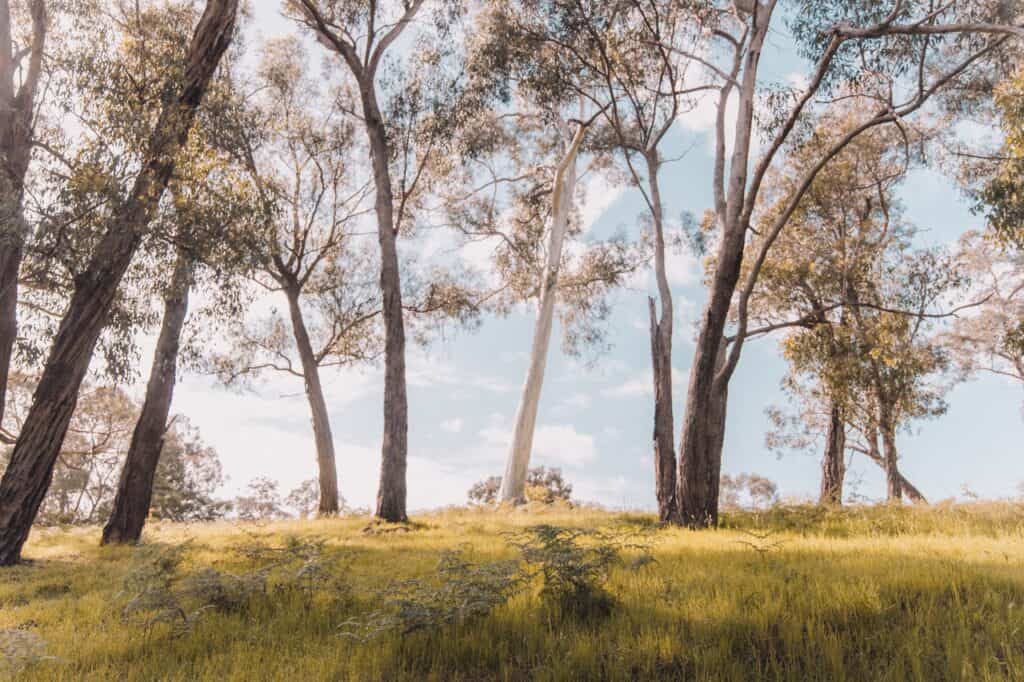Studying Frank Hurley: The Man Who Made History for English and finding it difficult to write an essay analysis of the documentary?
We’ll take you through a summary of Frank Hurley with its context, themes and more to help you with your analysis.
You’ll also be able to download a free sample analysis table (also known as a TEE table) and a sample paragraph!
What are you waiting for? Let’s get started!
Frank Hurley Summary
Cast and Crew
Context
Themes Explored in Frank Hurley
Essay Analysis of Frank Hurley
Studying this Text for HSC English
Summary of Frank Hurley
‘Frank Hurley: The Man Who Made History’ retells the expeditions and ventures of James Francis Hurley. Nasht’s account of Hurley discusses his adventurism and remarkable dedication to capture many important moments of the 20th century.
The documentary also compares Hurley’s infamous legacy of composite photographs and the controversy that comes from his forgery.
Introduction and Mawson Expedition to the Antarctic
The documentary starts with an auction on one of Hurley’s photographs. An auctioneer offers a hundred thousand pounds for the work: Hurley work continues to be a crucial part of understanding Australian history.
The narrator tells us that Hurley pioneered the use of colour and helped invent the documentary film genre.
Steve Martin, Alasdair McGregor, Mike Oray and Gael Newton discuss different perspectives of Hurley’s ignominy. McGregor (Hurley’s biographer) says, ‘Hurley was quite content to resort to faking’. Oray from the Fox Talbot Museum calls Hurley ‘a master of his medium’.
The voiceover asks, ‘Was he an expert in photography or just a conjurer with a camera?’
The music becomes gentler and Hurley’s shots of the Mawson Expedition come on screen. The voiceover tells us Hurley’s working-class childhood sets himself apart from the university men on the expedition. Film clips of penguins and the rocky tundra of Macquarie Island are shown.
The recount of the Mawson Expedition introduces Hurley’s awe of the natural world and the need to dramatise the story of their expedition. An excerpt from Hurley’s diary tells us ‘We felt like Argonauts, whose quest had led us to the world’s brim’.
A shot of the words “NEAR ENOUGH IS NOT GOOD ENOUGH” written on wall of Hurley’s darkroom explain Hurley’s sense of daring. Recounts of Hurley battling the blizzarding tundra to get the perfect picture accompany a panoramic clip of the vast frozen terrain. The narrator tells us that ‘And more than once, it nearly got him killed’.
Shackleton Expedition
Hurley sought to make his legacy again, joining another daring voyage to Antarctica. In the Shackleton Expedition, which planned to cross the Antarctic continent from coast to coast, Hurley began to make his infamous composite images.
The Shackleton Expedition was soon a glorious failure when the HMS Endurance was trapped on the frozen sea. Hurley again risks his life to capture the scene: the voice of the Endurance Captain Frank Worsley says, ‘Hurley stood so close on the ice taking this picture that the ship’s stem broke off part of the ice floe on which he was standing.’
The famous composite image of the Endurance breaking apart in the ice is shown beside the original image. The composite is a large exaggeration of the original. The voiceover explains, ‘Hurley needed photos equal to the drama engulfing them so he collected a palette of effects, especially clouds, using them to add impact and emotion.’
Hurley’s daughters, Adelie and Toni, rewatch clips of Hurley and the expedition crew, who were stranded on Elephant Island for a year. They cry and hug, mourning for their father.
World War I
Hurley is now an honorary captain and official Australian war photographer on the Western Front in France. Sounds of cannons firing and a close-up image of Hurley in army uniform are shown. He continues to push artistic and ethical boundaries in his photography.
The narration explains how the disregard of life on the Western Front is a stark change for Hurley and his recent Antarctic expeditions where life was scarce. But, his sense of daring is the same. Hurley is soon known as the mad photographer by the soldiers who risks his life to get the perfect shot. But, it was still not enough.
The narration tells us ‘Hurley sensed something was missing. There was a gulf between what he saw and what was captured on the glass plates.’ Hurley returns to creating composite images as he once did for his Antarctic photography. He even restages the Light Horse victory at Beersheba (the last triumphant cavalry charge in history) on the sands of a Sydney beach,
The documentary makes it clear that Hurley’s photo manipulation received deep backlash. Hurley’s “fake” photography sours his relationship with the official war historian Charles Bean who saw Hurley’s composite images as blatant fabrication.
Various scholars discuss the ethics of photo manipulation. Curator Ian Affleck says, ‘I don’t think that it really does give a proper feel for what the actual real action was.’ McGregor explains that ‘Charles Bean was a historian…the unvarnished truth was Bean’s almost zealous objective.’
The documentary returns to Hurley’s family life, telling us that Hurley and his wife Antoinette had only one holiday in their 42 years of marriage: their honeymoon on the Nile. Adelie and Toni say ‘it wasn’t like having a father at all.’
Papua New Guinea
The darker side of Hurley’s expeditions unravel in the recount of his visit to Papua New Guinea.
Hurley plunders sacred items from the native tribes. An excerpt of Hurley’s diary reads, ‘In the cause of science, even an unfair exchange is no robbery. Human heads, stuffed heads, glorious beyond words.’
Hurley makes the travelogue film ‘Pearls and Savages’ where he depicts the New Guinean as cruel savages.
Ten years after Hurley’s visit, the traditional culture of the Papua New Guineas was lost to the missionaries. The voiceover explains, ‘the giant communal houses, some of them a hundred metres long, were destroyed. The ceremonies of ancestral worship and spirit life were forbidden.’
Seuna Malaki, a village spokesperson, laments over ‘our trust and our pride and our identity’.
Final Days
Nasht covers Hurley’s return to Australia as he rebuilds his wealth.
He takes a role as chief cameraman at Cinesound studios, a studio specialising in patriotic-escapist Australian films. The film historian Graham Shirley tells us that Hurley’s perfectionist storytelling puts a ‘propagandistic spin’ in the film The Squatter’s Daughter.
After his less successful work as a cameraman in the Second World War, Hurley reinvents himself for the last time. He works as a pictorial photographer and becomes ‘the face of Australian scenic photography’.
Images of Hurley’s car in the outback are shown as the voiceover tells us ‘Australians saw themselves through his images…They helped sell Australia to migrants from the devastated towns of Europe.’ These images were also fabrications. Hurley ‘photographed the nation as he wished it to be…there were no poor, no Indigenous Australians, no struggling farmers.’
Nasht wraps up the documentary leaving Hurley’s reputation open for interpretation.
The documentary ends with excerpts of Hurley’s diary in the voiceover. Hurley, voiced by John Noble, says that ‘Regard your camera as an artist does his brush…The camera is just a piece of mechanical apparatus. You are its intellect.’
Cast and Crew
Frank Hurley (Voiced by John Noble): The eponymous photographer and adventurer of the documentary. Daring, hard-working and dedicated to his craft.
Antoinette Hurley: Former singer in an opera company and wife of Frank Hurley.
Toni and Adelie: Twin daughters of Antoinette and Frank Hurley. Adelie became the first woman press photographer in Australia.
Ernest Shackleton: Irish-born explorer who led the British expedition to the Antarctic.
Douglas Mawson: Australian geologist and explorer who led the first Australian expedition to Antarctica.
Alasdair MacGregor: Frank Hurley’s biographer.
Charles Bean: Australian war correspondent and official war historian. His values as a historian clashed with Hurley’s trait for storytelling.
Steve Martin: Polar historian from Mitchell Library
Joanna Wright: Representative from National Geographic Society
Mike Oray: Representative from Fox Talbot Museum
Dr Jim Specht: Representative from Australian Museum
Context of Frank Hurley
Nasht saw Hurley as a modernist photographer who understood that truth was merely one person’s point of view. While Hurley’s photography teeters between storytelling and myth, we can understand the context of the documentary.
Truth, History and Photography
Questions on Hurley’s controversial methods remain unanswered in Nasht’s documentary: are Hurley’s photographs real or fake? Does compositing images make it further or closer to the truth? If Hurley never hid his tactics, does it make it more ethical?
In Nasht’s eyes, Hurley sought to bridge the gap between history and its representation. But, his desire to make the perfect images do not capture the actual reality, but a dramatism of the situation. Hurley’s biographer, Alasdair McGregor, explains that Hurley’s photos reflect the adventure stories popularised during the British empire.
While Nasht claims that ‘today it is so easy to manipulate images that Hurley’s composites would seem commonplace’, Hurley — being the only cameraman in his expeditions and during the first world war — had the responsibility of capturing history. His composite images would fall short of today’s journalistic standards.
The Power of Myth and Storytelling
Storytelling shapes our understanding of current events and our memory of history. It pulls us to certain emotions, root for the “heroes” and can foster antagonism.
In the Antarctic expeditions, his work is inspired by The Odyssey and Joseph’s Campbell’s Hero’s Journey — without his pictures, the doomed Endurance expedition would have been forgotten rather than recognised as a memory of glory.
His task during the First World War dramatised the heroism of Australian soldiers and catered to the daily propaganda and press. His final work as a scenic photographer endorsed an Australian “utopia” to sell migration.
The documentary itself shapes Hurley like a hero: he is a great adventurer, his flaws are only because of his dedication as an artist. It glosses over Hurley’s blatant forgery, his absence to his own family and the plundering of the Papua New Guinean tribes.
Themes Explored in Frank Hurley
Nasht’s documentary on the life of Frank Hurley allows us to understand various perspectives on truth, ambition and what it means to be human. Consider the following themes:
Truth and Representation
For Hurley, his controversial methods of photo manipulation sought to represent the emotional truth that he felt, rather than what was in front of his eyes; sometimes, these photos told a story that was not really there.
Is truth relative to one person’s perspective? Is there such a thing as the “objective” truth? How does Hurley’s representation of history affect our understanding of the past?
Consider how Nasht has also steered us to his own representation of Hurley.
Ambition and Work
Hurley worked tirelessly for most of his life to make his mark on the world. The enduring reputation of his photography has no doubt made this dream possible.
Hurley’s unrelenting ambition broke through the barriers of his situation: from a working-class boy who left school at 12, many Australians remember Hurley as one of the greatest cameramen in the 20th century.
How has Hurley used his ambition for good? How has his ambition hurt his loved ones and the people encountered on his expeditions?
Humanity VS Natural World
Nasht’s representation of Hurley’s expeditions tell us of the insurmountable power of nature. Hurley’s chronicling of the Antarctic continent was affronted with struggle and near-death experiences.
On the expeditions, friendships were forged on the mere basis of helping each other survive. This makes the battlefields of the First World War….
How to Analyse Frank Hurley: The Man Who Made History in 3 Steps
Often students will try to start with their thesis when trying to answer an essay question. Instead, start with your analysis! You need to equip yourself with the knowledge of your text before you can answer anything about it.
After you’ve analysed your text, you can draw ideas from it, then you can build your thesis!
We’re going to walk you through creating an analysis for Frank Hurley: The Man Who Made History in three simple steps!
Step 1: Choose your example
The best way to choose an example is to find a technique. The technique is the key to unlocking deeper meaning in a text, which you will need in your analysis.
Keep in mind, Frank Hurley: The Man Who Made History is a documentary and it is important to incorporate visual and filmic techniques in your analysis!
We have chosen to look at the opening scene from the exposition where Nasht asks, ‘Was he an expert in photography or just a conjurer with a camera?’
Step 2: Identify your technique(s)
When trying to find a technique within your example, it’s not about finding the fanciest technique or just any old technique for that matter!
It’s about identifying a technique which will enable you to say something about your idea that’s interesting and can contribute to your argument and analysis.
Try to focus on finding examples with techniques which unveil a deeper meaning like metaphors, similes, figurative language, connotations, symbolism and recurring motifs. Other techniques like alliteration and repetition are a bit harder to find a deeper meaning in!
We have identified 3 techniques in the quote above: rhetorical question, contrast, consonance.
It’s always great to try and find multiple techniques in your quotes as it allows you to take your analysis up a notch!
Step 3: Write the analysis
When you write the analysis, it is important to always focus on what the effect of the technique is. One of the worst things you can do when writing analysis is technique labelling. Technique labelling would look like this:
Nasht’s consonant rhetorical question ‘Was he an expert in photography or just a conjurer with a camera?’ contrasts the dichotomous reputation of Frank Hurley.
Instead of this we need to flesh out how each of those techniques get us to our point. We always explore how the techniques link back to your topic sentence. Here, it is not that Hurley is a photographer or a conjurer. Both sides of Nashts rhetorical question are true and this is important to proving our topic sentence:
In the opening exposition, Nasht’s consonant rhetorical question “Was he an expert in photography or just a conjurer with a camera?” contrasts the two truths of Hurley’s formidable reputation – Hurley is both a modernist photographer and a photographer of what is not really there.
Studying this text for HSC English: Creative Response
If you are studying this text to help you write a piece of creative writing for Module B, an interpretation will be helpful in allowing you to build your own unique response to the text. For example, since our interpretation says the text breaks gender stereotypes about power, we might have a short story where a female character is constantly undermined by those around her yet, when she finally lets go of them, she realises that she had the power all along.
If you are doing creative writing for this assessment, it is also super important that you know about the textual features of Frank Hurley: The Man Who Made History, because you will need to demonstrate you can replicate as well as alter some of these elements. We have made a list of the elements of the text below:
- Motif or recurring metaphor
- Strong use of imagery
- Strong use of metaphors and figurative language
- Fragmentary chapters
- Non-linear timeline
- Third person narration
- Multiple perspectives
You might also like to think of a way you can use these elements but slightly alter them. For example you won’t have fragmentary chapters in your creative writing because it will be too short, but you could instead include small fragmentary sections which change between points of view.
Need some help with your analysis of other texts aside from Frank Hurley?
Check out other texts we’ve created guides for below:
- Burial Rites
- 1984
- A Midsummer Night’s Dream
- Rainbow’s End
- Jane Eyre
- The Stranger
- In Cold Blood
- The 7 Stages of Grieving
- Hag-Seed
- Never Let Me Go
- The Tempest
- Fever 103
- Shafana and Aunt Sarinnah
- Blade Runner
- Mabo
Are you looking for some extra help with your analysis of Frank Hurley?
We have an incredible team of tutors and mentors!
We can help you master your analysis of Frank Hurley by taking you through the summary, context, and themes. We’ll also help you ace your upcoming English assessments with personalised lessons conducted one-on-one in your home or online!
We’ve supported over 8,000 students over the last 11 years, and on average our students score mark improvements of over 20%!
To find out more and get started with an inspirational tutor and mentor, get in touch today or give us a ring on 1300 267 888!
Lynn Chen is a Content Writer at Art of Smart Education and is a Communication student at UTS with a major in Creative Writing. Lynn’s articles have been published in Vertigo, The Comma, and Shut Up and Go. In her spare time, she also writes poetry.










